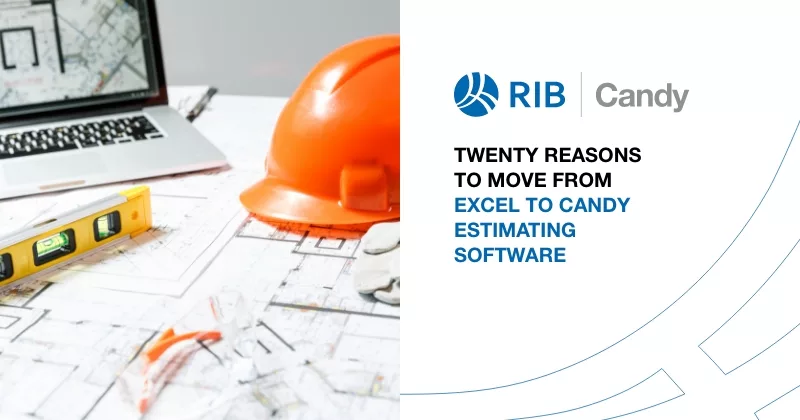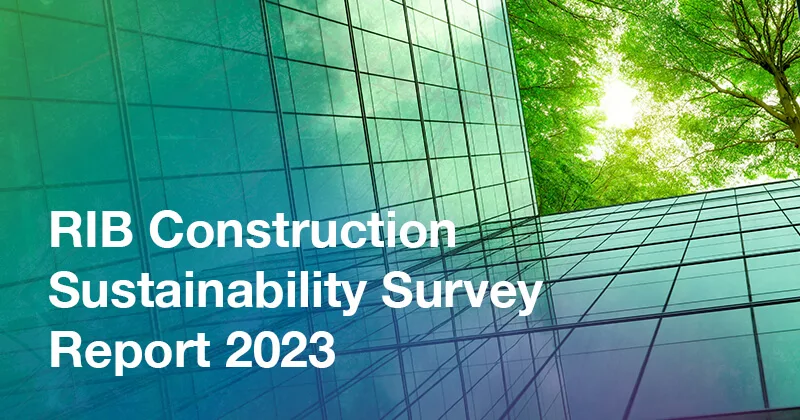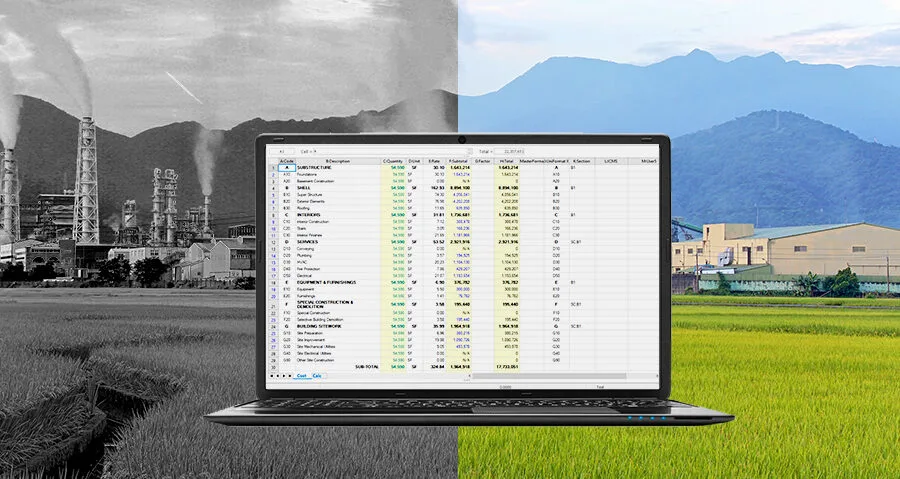22 mins read
The Top 4 Tips To Getting Paid In The Construction Industry

It goes without saying that effective cash flow management is a vital part of any construction project. However, it’s not always an easy task, especially for those in the construction industry. In fact, according to a 2019 survey by Level set, it is estimated that 20% of all construction companies face a daily cash flow strain whereas over 60% state that they have had or are currently under cash flow stress. Keep reading to uncover our top tips to getting paid in the construction industry.
On the plus side, there are measures that construction companies can take to relieve these issues, several of which we will discuss in this article. As a starting point, let’s consider the root cause and why such a high percentage of construction companies are left scrambling when it comes to paying their employees, themselves and their bills.
Understanding the root cause of your cash flow challenges is key to employing methods to navigate around or through them. The close relationship and dependency on subcontractors, suppliers and even other contractors means, if one person doesn’t get paid, the knock-on effect is commonly felt by some, if not all the other links in that chain.
The standard payment chain for construction will see the main contractor sitting at the top, followed by subcontractors and sub subcontractors. The main contractor will typically report to the developer who is ultimately responsible for funding the project as a whole.
Cash flow complications begin when any part of the chain is waiting on or waiting to make a payment. Most contracts and clauses designed to govern payments are reliant on the responsible party having been paid themselves. Essentially, if the main contractor hasn’t been paid, the blockage there can prevent all payments down the chain being placed on hold. The same holds true for any break in the payment chain, at any level.
The result of such issues is that requests or even demands for payments begin passing up and down the chain with each party having the same problem – the cash has stopped flowing.
So, what measures can a construction company take to manage the cash flow conundrum?
- Better the devil you know.
- Offer flexibility where necessary.
- Make it more cost effective to pay on time.
- Legal eagle.
Although cash flow issues do tend to impact the majority of construction companies in the region, it doesn’t have to be as widespread as it is today. Essentially, cash flow issues affect business growth, payroll, pricing decisions, and so much more. By taking preemptive measures and having contingencies to handle issues that do slip through the cracks, you can minimize the impact and focus on what matters most — running your business with confidence.
Accepting the situation and sitting still is not going to resolve the issue. If you have explored the offering of terms and in doing so, failed to reach an amicable solution, you can turn to the courts. There are numerous options here, for example, to employ mediation as a first action and then a full court process where necessary. Getting the courts involved may not be an option for every business though. Getting tied up in a legal battle can be expensive and stressful, in its own right. However, when clients refuse to pay and the business is struggling, this may be your best and sometimes only option for a resolution.
We are not suggesting the offering of discounts for paying on time, after all, the default position of any contract should be to meet and exceed the base terms. Including clauses that apply reasonable fees and charges for late payments is, however, a means to make paying on time a far cheaper option. Be sure to take legal advice before using terms such as ‘interest’ in your contract though. This will help avoid potential slip ups with regional laws and sensibilities.
This may sound counterproductive, considering cash flow by its very nature requires money right away, but something is often better than nothing. Consider situations when you yourself may have been stuck in the cash flow trap and were receiving demands for payment. Were you offered terms to settle the amount? Allowing payments to be made in installments may well ease the blockage and let the cash begin to move through the chain once more. This option might improve your chances of being paid, even if it takes a little longer.
That said, some companies may not have the luxury of being picky. In this case, it’s important to still use past experience to inform how you create contracts with these clients in the future. For example, you can draft a stricter payment agreement that charges interest on late payments or ask for partial payments upfront.
Perhaps the most obvious (and most commonly overlooked) solution is to be selective about who you partner with. As with any business, the cheapest is not always the best option. A track record of prompt payment is a key indicator of future behavior and something you should scrutinize. Simply put, limit your cash flow risk by selecting reliable partners and clients.
Most Recent
22 mins read
15 mins read
49 mins read
24 mins read

E-BOOK











